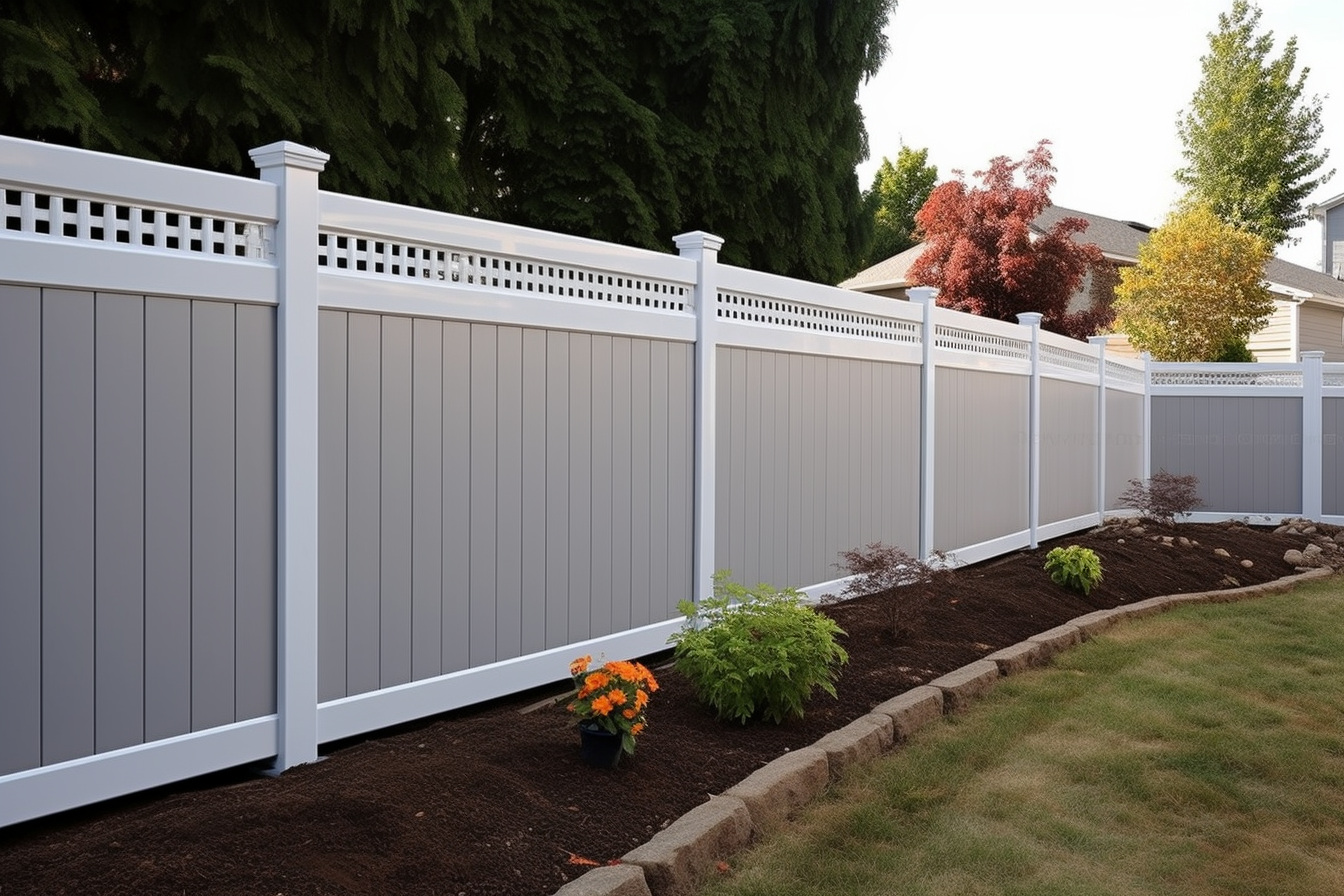Elevate Your Yard: The Ultimate Guide to Garden Fencing
Discover how the right garden fence can transform your outdoor oasis, offering more than just boundary definition. From boosting curb appeal to creating a private sanctuary, learn how to choose, customize, and maintain the perfect fence for your needs. Explore various materials, heights, and creative touches that will make your garden fence a standout feature of your property.

Selecting the Perfect Garden Fence: Materials and Options
When it comes to choosing a garden fence, the material you select plays a crucial role in both aesthetics and functionality. Let’s explore some popular options:
-
Wood fences: Classic and versatile, wood fences offer a natural look that complements various landscape styles. They can be painted or stained to match your preferences and provide excellent privacy.
-
Vinyl fencing: For those seeking a low-maintenance solution, vinyl fences are an excellent choice. These durable barriers resist rot, insects, and weather damage while mimicking the appearance of other materials like wood.
-
Metal options: Wrought iron, aluminum, and steel fences combine strength with elegance. These timeless choices provide security without sacrificing visual appeal.
-
Budget-friendly chain-link: If practicality is your primary concern, chain-link fences offer an affordable solution. While not the most aesthetically pleasing, they can be enhanced with privacy slats or climbing plants.
-
Composite fencing: Blending wood fibers with recycled plastics, composite fences offer the best of both worlds – the look of wood with improved durability and reduced maintenance needs.
Determining the Ideal Fence Height
The height of your garden fence depends on your specific requirements and local regulations. Consider these factors when deciding:
- Privacy needs: For maximum seclusion, opt for fences between 6 to 8 feet tall.
- Security concerns: Choose a height of at least 6 feet for enhanced protection, possibly incorporating features like pointed tops or anti-climb designs.
- Decorative purposes: Lower fences around 3 to 4 feet can define garden areas without obstructing views.
- Local zoning laws: Always check with local authorities regarding height restrictions and permit requirements.
- Neighborhood harmony: Consider the heights of nearby fences to maintain a cohesive look in your area.
Personalizing Your Garden Fence
Make your fence stand out with these creative customization ideas:
- Color play: Apply vibrant paints or natural wood stains to complement your garden’s color scheme.
- Green enhancements: Train vines or climbing roses along the fence for a lush, natural appearance.
- Vertical gardening: Incorporate hanging baskets or build integrated planter boxes to showcase flowers or herbs.
- Decorative accents: Top fence posts with ornamental caps, solar lights, or small sculptures for added charm.
- Living fence creation: Interweave flexible materials like willow branches to form a unique, organic barrier.
- Outdoor art gallery: Hang weather-resistant artwork, mirrors, or mosaics to transform your fence into a focal point.
Enhancing Your Outdoor Living Experience
A well-designed garden fence offers numerous benefits:
- Privacy creation: Enjoy a secluded oasis for relaxation and outdoor activities.
- Noise reduction: Solid fences can help minimize street noise, fostering a more peaceful environment.
- Wind protection: Strategic fence placement can shelter delicate plants from strong gusts.
- Property delineation: Clearly mark your boundaries to prevent potential neighbor disputes.
- Pet safety: Keep furry friends contained while deterring other animals from entering your yard.
- Home value increase: An attractive, well-maintained fence can boost your property’s curb appeal and overall worth.
Maintaining Your Garden Fence
Proper care ensures the longevity and appearance of your fence. Here’s a quick guide based on material type:
- Wood fences: Stain or paint every 2-3 years; regularly check for rot or insect damage.
- Vinyl fences: Clean occasionally with soap and water to prevent dirt buildup and mildew growth.
- Metal fences: Inspect for rust and repaint as needed; wrought iron may require more frequent attention.
- Chain-link fences: Perform minimal maintenance, focusing on tightening loose wires and preventing rust.
- Composite fences: Clean periodically to remove dirt and debris; generally low-maintenance compared to wood.
Regardless of material, conduct regular inspections and address any damage promptly to extend your fence’s lifespan.
Choosing a Reliable Fence Installation Company
To ensure a high-quality, long-lasting garden fence, select a reputable installation company by considering:
- Industry experience: Look for companies with a proven track record in fence installation.
- Proper credentials: Verify licensing and insurance to protect yourself from liability.
- Customer feedback: Research online reviews and request references from past clients.
- Detailed quotes: Obtain written estimates from multiple companies to compare services and pricing.
- Warranty coverage: Inquire about warranties on both materials and workmanship.
- Effective communication: Choose a company that responds promptly and addresses your concerns throughout the process.
By carefully evaluating your needs, exploring various options, and selecting a trustworthy installer, you can create a garden fence that enhances your outdoor space’s beauty while providing the desired functionality and durability. Whether you’re seeking privacy, security, or a decorative element, the right garden fence can transform your yard into a personal haven for years to come.






